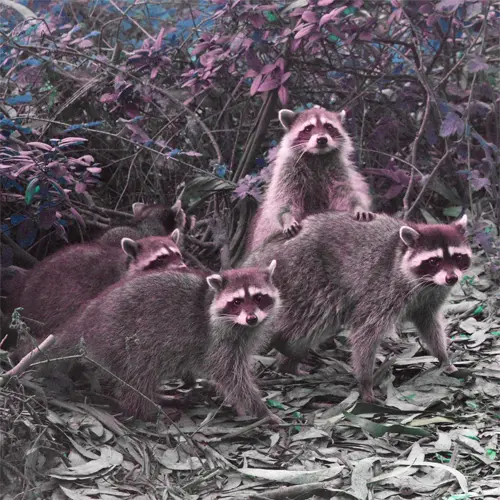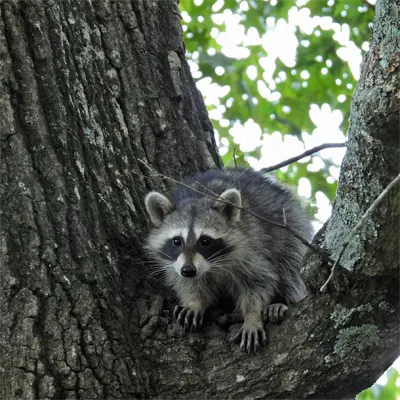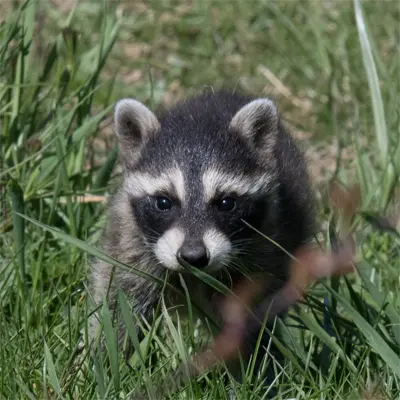Common Raccoons in Central Florida
The Common Raccoon (Procyon lotor) is an intelligent and adaptable mammal that thrives in urban and rural environments of central Florida. Often drawn to human dwellings for food sources, raccoons can become nuisance pests and vectors of disease. This guide provides identification tips, biology facts, and prevention and control methods for raccoons in central Florida. Read on to learn about raccoon habits, reproduction, diet, health risks, signs of infestation, and professional removal options if you suspect raccoon activity on your property.
Raccoon Subspecies in Central Florida
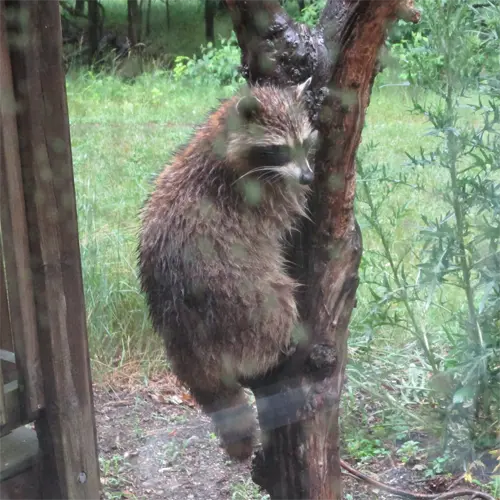
Eastern Raccoon (Procyon lotor ssp. lotor)
The eastern raccoon is a medium-sized mammal found throughout much of North America. Its range centers on deciduous hardwood forests, wetlands, and urban areas across the central and eastern United States.
Compared to other raccoon species, the eastern raccoon is larger in size and has more variable color fur. Within its widespread range, the eastern raccoon has adapted to many habitats from forests to cities. Research shows eastern raccoon populations have diverse genetics across different parts of their range.
Due to its wide distribution and high genetic diversity, the eastern raccoon is considered a highly adaptable, generalist species. Its ability to thrive in many areas makes the eastern raccoon one of the most recognizable mammal species in North America.
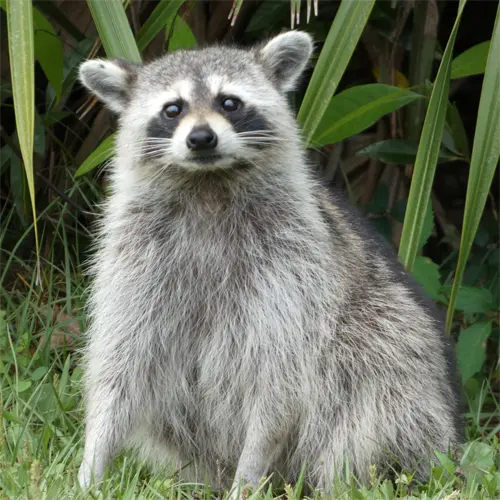
Florida Raccoon (Procyon lotor ssp. elucus)
The Florida raccoon is a subspecies of the common raccoon found in tropical and subtropical areas of southern Florida. Its range centers on mangrove swamps, cypress forests, and freshwater marshes in the southern half of the state.
Compared to other raccoons, the Florida raccoon is smaller in size and has darker, shaggier fur. Within Florida, it is one of the smaller raccoon species. Research shows the Florida population has some unique genetics adapted to the tropical ecosystems found in its range.
Due to its limited subtropical area in Florida and distinct traits, the Florida raccoon is an important subspecies to study and conserve in the state.
Appearance and Identification
Raccoons can be identified by their distinctive markings and physical characteristics
Maturation Rate
Raccoon kits grow rapidly with their eyes opening after 3 weeks and they start walking at 5 weeks old. They are weaned and eat solid food at 12-16 weeks of age. The kits follow their mother closely through their first autumn and winter to learn survival skills.
Most leave the parent between 9-12 months old to establish their own territories. They reach sexual maturity after their first winter around 1 year old.
Habits and Behavior
Raccoons are nocturnal and most active from dusk until dawn. They prefer living near water sources like lakes, rivers, and swamps. Raccoons are very dexterous and intelligent. They can twist off jar lids, unlock gates, and memorize solutions to tasks.
Raccoons employ a variety of vocalizations like growls, whines, screams, and hisses to communicate. They walk in an unhurried shuffle but can run up to 15 mph (24 km/h) if threatened. Though solitary foragers, raccoons congregate in communal dens to rest in daylight hours. Mother raccoons teach their kits survival skills like swimming, climbing, and foraging.
Reproduction and Lifespan
Raccoons breed once yearly. Females enter estrus in late January and males compete for mating rights. After around 65 days gestation, a litter of 3-5 kits is born in early spring. Weaning occurs at 16 weeks. Kits stay with the mother through their first winter.
Raccoons can live up to 16 years in the wild. Most don’t survive beyond 2 years due to hunting, road accidents, and disease. Their high reproductive rate allows them to repopulate quickly after elimination efforts.
Ideal Habitat and Range
The warm, humid climate of central Florida offers ideal habitat for raccoons year-round. Average temperatures range from the 60s F (16-21 C) in the north to the 70s F (21-26 C) in southern regions. Summer brings heat, humidity, and afternoon thunderstorms. Raccoons do not hibernate in Florida winters.
Abundant water sources, forests, suburb growth, and agriculture provide everything raccoons need to flourish. They den in hollow trees, brush piles, and abandoned burrows. Raccoons forage in woods and wetlands teeming with frogs, fish, and invertebrates. Developed areas offer trash bins, pet food, and gaps in buildings that attract raccoons. Central Florida’s ideal conditions allow raccoon populations to thrive and spread into human dwellings.
Diet and Feeding
Raccoons are omnivorous opportunistic eaters. About 50% of their diet is invertebrates like insects, worms, and crayfish. They also eat amphibians, bird eggs, fish, rodents and other small mammals. Plant foods include fruits, berries, acorns, corn, and human food waste.
Raccoons use their dexterous front paws to catch prey and bring food to their mouths. They wash food in water which enhances their sense of touch. Urban raccoons gorge on accessible human foods like pet food left outdoors, nuts, garden produce, and trash. Raccoons forage alone at night and can travel several miles to find food.
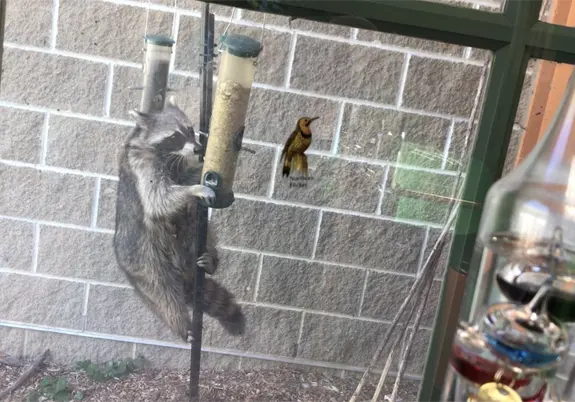

Common Health Risks
Raccoons can transmit over 30 viral and bacterial diseases to humans through direct contact or contamination of surfaces with urine and feces:
Rabies – Nearly 100% fatal once symptoms start. Spread by infected saliva through bites.
Leptospirosis – Spread by raccoon urine on soil or water. Causes fever, chills, vomiting.
Roundworms – Eggs in feces can cause larva migrans if ingested. Causes eye pain and vision issues.
Raccoons also damage property through nesting in attics, tearing off shingles, and opening holes in walls and roofs. They knock over trash cans to spill waste. Raccoon feces and urine create foul odors. Effective exclusion and removal is key to avoid risks and nuisances.
Preventing Raccoon Infestations
The primary goal is denying raccoons access to shelter and food sources around the home. Trim trees back from roofs and plug holes in walls, chimneys, and eaves with wire mesh or caulk. Secure lids on trash and keep pet food indoors.
Remove potential den sites like brush piles and add lighting to deter nocturnal activity. Traps baited with canned fish and eviction fluid can relocate nuisance raccoons if they’ve already moved in. Population control with rodenticides is a last resort if exclusion fails.
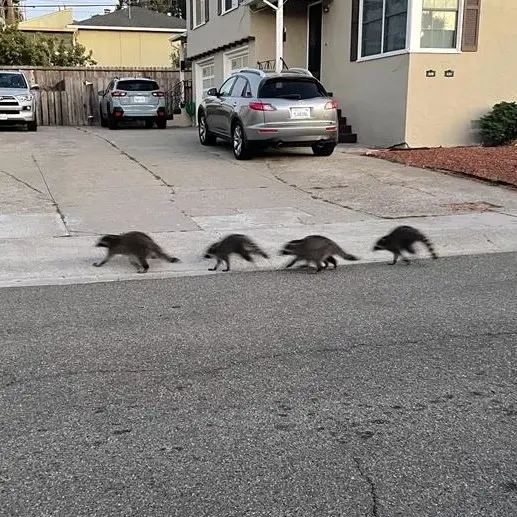
Population Control Methods
If exclusion alone is insufficient to prevent Florida water rat damage, lethal control using traps or rodenticides may be considered. Traps such as snap traps, cage traps, or body-grip traps can humanely capture rats for relocation or euthanasia. Glue boards are another trapping option.
Poison baits are also effective but must be used cautiously around waterways. Zinc phosphide baits are commonly used though anticoagulant baits are safer for wildlife. Control is most effective when animals are active in spring through fall – winter trapping is less productive.
Always follow label directions carefully when utilizing any rodenticides.
Raccoons in Central Florida – Conclusion
Raccoons readily flourish across central Florida’s warm climate and abundant habitat. Their intelligence and dexterous paws allow them to access human structures and food waste. Diligent exclusion and sanitation is required to avoid property damage, contamination, and aggressive encounters with cornered raccoons.
Signs like raccoon tracks, scat, and sounds within walls indicate a removal service should be contacted. With early preventative action, raccoons can be deterred from becoming destructive recurring pests around homes and businesses.

